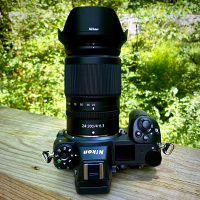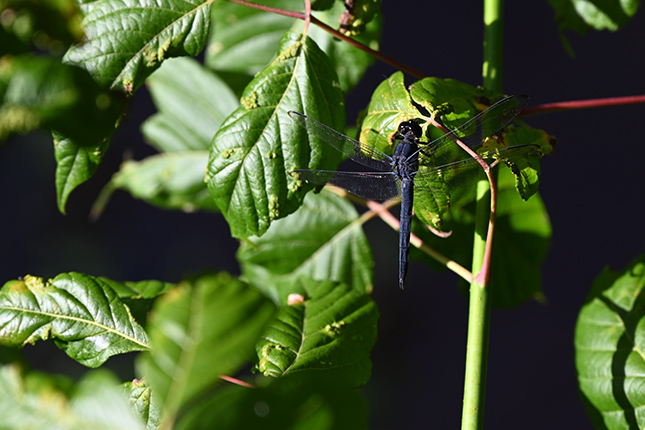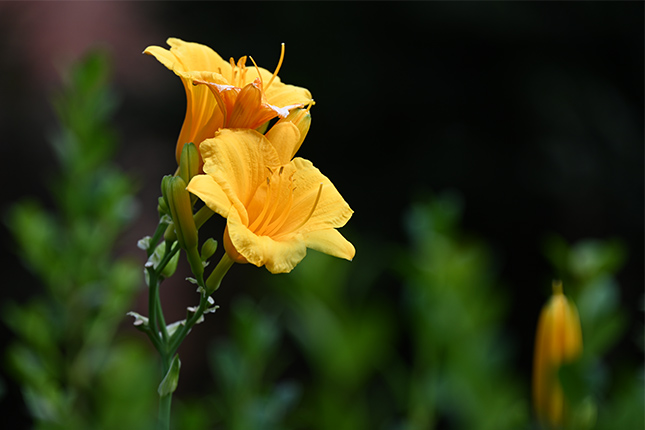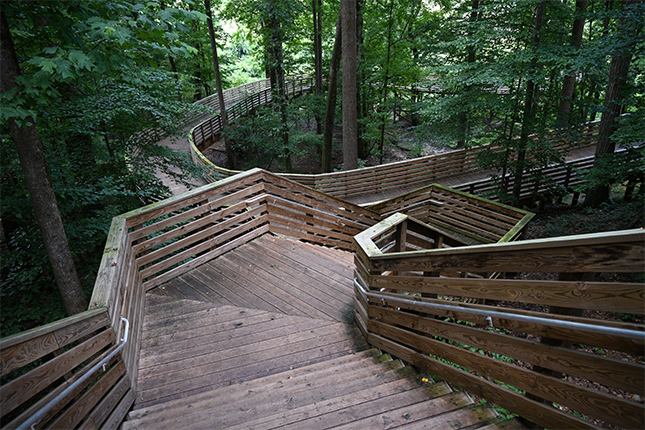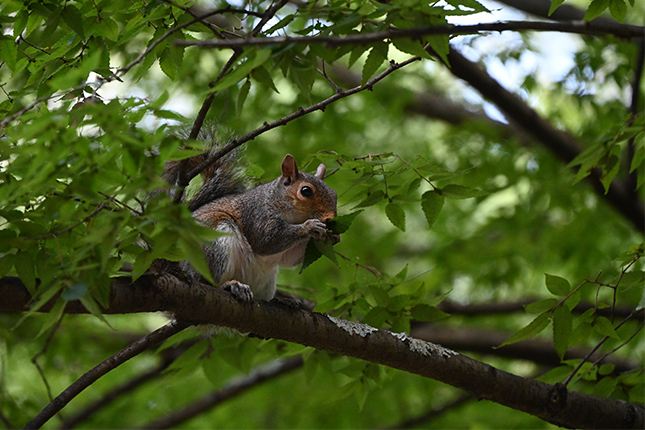Nikon Z 24-200mm Gallery: Nikon’s first “travel zoom” for the Z series gets a nature tour around Atlanta
posted Wednesday, July 15, 2020 at 2:34 PM EDT
Click here to browse the
Nikon Z 24-200mm f/4-6.3 VR Image Gallery
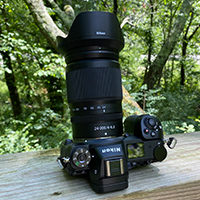
While Dave Pardue was out shooting Tamron's new 28-200mm lens for Sony E-mount, I was having a go with my own full-frame "travel zoom" lens, the Nikon Z 24-200mm f/4-6.3 VR. Nikon's first all-in-one-style zoom for their Z series cameras (and first non-S-series full-frame Z lens) follows not only the general design principles of their Z mirrorless cameras but also of travel zoom-style lenses in general in being compact and lightweight.
The name of the game with these types of lenses is all about versatility and affordability, and the Nikon Z 24-200mm fits that bill quite well, offering a wide assortment of popular and useful focal lengths at a budget-friendly price of around $900.
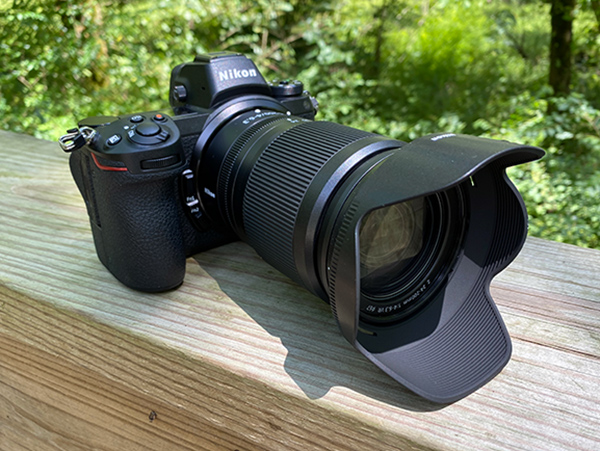
That price isn't the lowest in the land for a travel zoom, but for a full-frame camera from a major manufacturer, it's a very competitive price, and likely more affordable not to mention more convenient that buying multiple lenses at various focal lengths. For those photographers looking to keep things minimal and their camera bag light while traveling, hiking or doing other activities, a lens like the Nikon Z 24-200mm is an intriguing option.
Of course, having such a versatile range of focal lengths, from a landscape-friendly 24mm out to an "almost-wildlife-reaching" 200mm, there are going to be some tradeoffs in order to keep the physical size and weight down to reasonable and comfortable levels. For the Nikon Z 24-200mm lens, that comes primarily in the form of a fairly dim variable aperture. With an f/4-6.3 aperture range, the 24-200mm isn't an ideal lens for low-light photography work or getting those strikingly creamy background blurs. When things get dark, you'll be forced to raise the ISO level of your camera, or drastically lower the shutter speed and risk subject or motion blur in order to get a good exposure.
Thankfully, the lens's onboard VR (and Nikon Z cameras' IBIS) will help keep things fairly steady when the light levels begin to drop. As for bokeh and subject isolation performance, I've so far been pleased with the results, despite the narrower apertures. As long as you can put some distance between your subject and the background, you can still manage to get pleasing background blurring and nicely isolated subjects. (The large full-frame sensor helps too, of course!)
While a longer, more in-depth field test on this lens is in the works, I wanted to go ahead and share a batch of gallery images from this lens using the high-res Nikon Z7 camera. Head on over to our Nikon Z 24-200mm f/4-6.3 VR gallery page for a variety of, at this point in time, nature-centric photos from around the Atlanta metro area. As always, both unedited, straight-out-of-camera JPEGs as well as RAW files are available for download.
Z7: 200mm, f/6.3, 1/640, ISO 6400 (Cropped slightly; See Gallery for full-size photo)
• Nikon Z 24-200mm f/4-6.3 VR Gallery •
